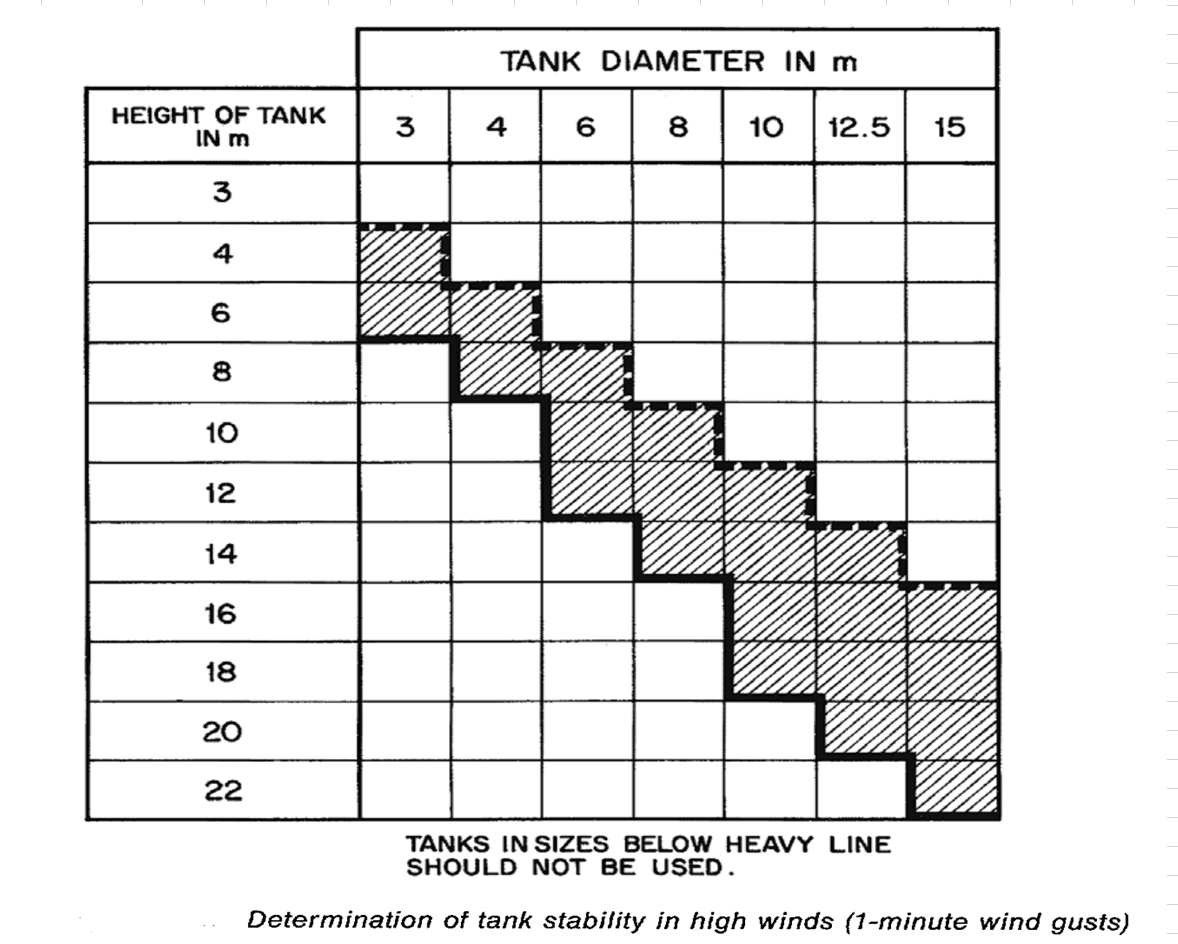Hello all,
I would like some advice on a suitable control loop for the following scheme (attached sketch to better understand the system). I have three scenarios:
1) if the feed flowrate is less than 450 m3/h, FCV-002 is in closed position and all the flow is directed to the process.
2) if the feed flowrate is between 450 and 550 m3/h, FCV-002 is in closed position and all the flow is directed to the process (this extra 100 m3/h is acceptable as per the design of the downstream processes, subject to some quality parameters).
3) if the feed flowrate is more than 550 m3/h, FCV-002 and FCV-001 need to modulate to achieve 450 m3/h going to the process and the rest going through the bypass line. When we did the hydraulic analysis, FCV-002 will be in full open position, and FCV-001 needs to exert 0.5 bar pressure drop to achieve 450 m3/h going to process. However, we are assuming in real scenario both might need to modulate. Note: feed flowrate is maximum 600 m3/h.
I have two flowmeters, FE-001 will read for scenario 1 and 2 and initiate the opening of FCV-002 for scenario 3. While FE-002 will control FCV-001 to achieve 450 m3/h in scenario 3. If flowrate drops back to less than 550 m3/h, FE-001 will close FCV-002.
I am not very experienced in process control and any help would be greatly appreciate.
Attached Files
Edited by Tee2012, 20 August 2024 - 09:54 AM.

 FB
FB













